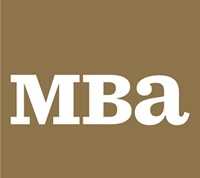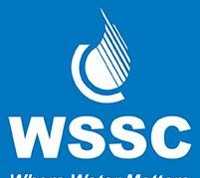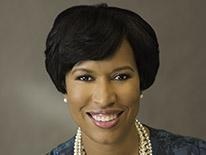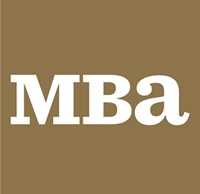U.S. Green Building Council Announces the LEED Green Building Program to Recognize Energy Credits from BREEAM
Announcement is focused on existing buildings and streamlines the building certification process in Europe
Paris, France – March 16, 2012 – (RealEstateRama) — A pivotal LEED International Roundtable meeting of European roundtable members ended in Paris today. The meeting convened leaders from across Europe to address regional issues in LEED for existing and historic structures in the E.U. At the meeting it was announced that the U.S. Green Building Council’s (USGBC) LEED green building program will now recognize credits from BREEAM, the U.K.’s widely used green rating program. The recognition will begin with LEED for New Construction and the most recent International version of BREEAM.
“Europe faces unique challenges with its buildings, not only existing buildings, but also the wealth of historic structures that can realize significant resource savings and protection of occupants,” said Scot Horst, Senior Vice President, LEED + Global Strategic Innovation, USGBC. “The announcements today show USGBC’s dedication in making the LEED program more flexible, starting with the specific challenges faced by project teams in Europe.”
Many international green building projects pursue dual certification with both LEED and BREEAM. Dual certification provides expanded opportunities to recognize and reward green building practices, but it also imposes additional costs and burdens. At this week’s meeting, European members of the LEED Roundtable shared their technical expertise and experience and rolled out this announcement that sets new precedents and brings sophistication and best practice to the global building industry.
LEED always has recognized market leadership, and establishing levels of equivalency with BREEAM continues this mission.
“This decision acknowledges the significant accomplishments of BRE Global and the BREEAM rating system,” continued Horst. “BREEAM is a sophisticated and mature system with a successful record of driving building sustainability in the U.K. and beyond. We can act now to make our systems more interoperable and more efficient for leading users. Our goal is to provide a benchmark of best practice in building performance around the world. In order to do this we need to facilitate project teams to do good work.”
The use of LEED outside the United States continues to grow rapidly. At year end 2011, approximately 40% of all square footage pursuing LEED certification existed outside the U.S. The LEED International Roundtable provides a forum for representatives from green building councils and leadership organizations around the world to guide efforts to fulfill the global potential of LEED. This week’s LEED International Roundtable meeting was attended by roundtable members in Europe and hosted by USGBC in cooperation with FEED, GBC Italia, Polish GBC, Romania GBC, Sweden GBC, Turkish GBC and GBC Finland. For more information about the LEED International Roundtable visit: usgbc.org/international.
USGBC would like to thank its sponsors of the LEED International Roundtable event: Astrance; Bureau Veritas; Elan; Oger International; Gerflor; Bouygues (Platinum); Deloitte; EGIS, and Schneider Electric.
U.S. Green Building Council (USGBC)
The U.S. Green Building Council (USGBC) is committed to a prosperous and sustainable future through cost-efficient and energy-saving green buildings. USGBC works toward its mission of market transformation through its LEED green building certification program, robust educational offerings, a nationwide network of chapters and affiliates, the annual Greenbuild International Conference & Expo, and advocacy in support of public policy that encourages and enables green buildings and communities. For more information, visit usgbc.org and connect on Twitter, Facebook and LinkedIn.
LEED
The U.S. Green Building Council’s LEED green building certification system is the foremost program for the design, construction, maintenance and operations of green buildings. Nearly 45,000 projects are currently participating in the commercial and institutional LEED rating systems, comprising 8.3 billion square feet of construction space in all 50 states and 120 countries. In addition, nearly 19,000 residential units have been certified under the LEED for Homes rating system, with over 75,500 more homes registered. By using less energy, LEED-certified spaces save money for families, businesses and taxpayers; reduce carbon emissions; and contribute to a healthier environment for residents, workers and the larger community. Learn more at usgbc.org
Contact:
Ashley Katz
Media Manager, USGBC
202.742.3738
















